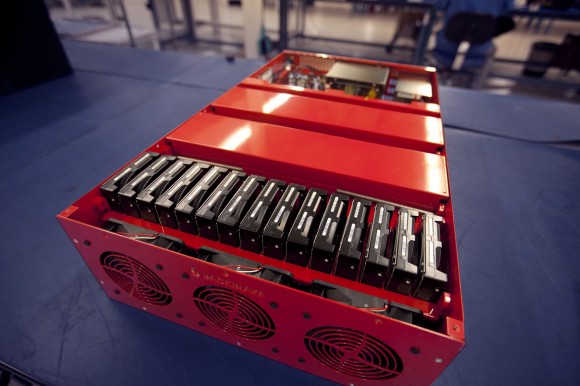

S3 gave them unlimited, scalable storage that eliminated the need to provision and buy hardware. Prior to S3, developers had to estimate how much storage hardware they would need for their applications very accurately or risk crashes from having too little or, on the flip side, paying too much as a result of over-provisioning storage for their needs. When S3 launched in 2006, it solved a persistent problem for developers-provisioning and maintaining storage hardware. Over the years since we launched Backblaze B2 and the B2 Native API, S3 compatibility was one of our most requested features. You’ll then get access to your Application Key and Application Key ID. To get started, simply create a Backblaze account and enable Backblaze B2. In a nutshell, we developed it so our customers could easily interact with our cloud while enabling Backblaze to offer cloud storage at a quarter of the price of S3. We’ve written in detail about why we developed our own custom API instead of just implementing an S3-compatible interface from the beginning. The B2 Native API is Backblaze’s custom API that enables you to interact with Backblaze B2 Cloud Storage. We’ll dig into other key differences in more detail below. The main difference between the two APIs is that they use different syntax for the various calls. List: Data checking/selection/comparison.Download: Retrieving files from the cloud.Bucket Management: Creating and managing the buckets that hold files.Authentication: Providing account/bucket/file access.Both the B2 Native and S3 Compatible APIs handle the same basic functions:Ī sneak peek at the identity and access management sessions for AWS re:Inforce 2023 They typically include a list of operations or calls developers can use to interact with said application (inputs) and a description of what happens when those calls are used (outputs). Put simply, an application programming interface, or API, is a set of protocols that lets one application or service talk to another. If you’re not sure which API is best for you and your project, we’re explaining the difference today. Sometimes, folks come to our platform knowing exactly which API they need to use, but the differences between the two are not always immediately apparent.

Those files are always available for download either through a browser-compatible URL or APIs.īackblaze supports two different suites of APIs-the Backblaze B2 Native API and the Backblaze S3 Compatible API.


Post Syndicated from Molly Clancy original īackblaze B2 Cloud Storage enables thousands of developers-from video streaming applications like Kanopy to gaming platforms like Nodecraft-to easily store and use data in the cloud.


 0 kommentar(er)
0 kommentar(er)
